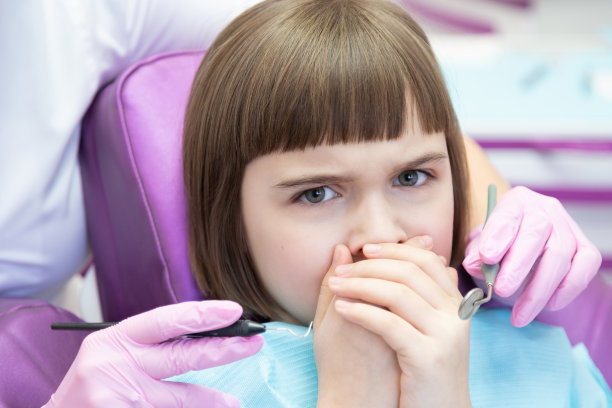The Essential Guide to Extracting a Tooth Painlessly and Safely for Better Oral Health
Summary: Extracting a tooth can be a daunting prospect for many, but with the right knowledge and preparation, it can be performed painlessly and safely. This guide aims to equip readers with essential information about tooth extraction, including identifying when extraction is necessary, preparing for the procedure, understanding the extraction process, and post-extraction care. By following this crucial advice, individuals can improve their oral health while minimizing discomfort and risks involved in the process.
1. Identifying When Tooth Extraction is Needed

Tooth extraction is often the last resort in dental care, yet there are several conditions that may necessitate this procedure. One primary reason for extraction is severe tooth decay that compromises the structural integrity of the tooth. When a cavity becomes too large or extensive, it may be impossible to restore through fillings or crowns, making extraction necessary for preserving overall oral health.
Another common reason for tooth extraction is periodontal disease, which affects the gums and supporting bone structures. This condition can lead to loosening teeth, making them susceptible to extraction to prevent further dental complications. Additionally, wisdom teeth often require removal due to impaction or lack of space in the jaw, which can lead to pain or infection if not addressed.
Lastly, orthodontic treatment may also warrant tooth extraction to create space for proper alignment. This is particularly true in cases where overcrowding occurs, and removing certain teeth can lead to a more successful outcome in realigning the remaining teeth.
2. Preparing for a Tooth Extraction
Preparation is key to ensuring a painless and safe tooth extraction experience. The first step involves consulting with a dentist or oral surgeon, who can examine the tooth and surrounding area to provide personalized advice. Patients should share their full medical history, including any medications they are taking, allergies, or previous adverse reactions to anesthesia.
Before the procedure, patients may be instructed to avoid eating or drinking for a few hours to ensure a safer extraction process, especially if sedation is involved. It is also essential to arrange for transportation home after the procedure, as the effects of sedation can impair judgment and physical coordination.
Additionally, preparing for post-extraction care is crucial. Stocking up on soft foods, ice packs, and prescribed medications can help facilitate a smoother recovery. Understanding what to expect during and after the extraction can alleviate some anxiety and ensure better preparedness for the overall process.
3. Understanding the Tooth Extraction Process
The tooth extraction process can vary depending on the complexity of the case, but it generally follows a standard procedure. Initially, local anesthesia is administered to numb the area around the tooth, ensuring that the patient does not feel pain during the extraction. In some cases, general anesthesia may be used for patients with high anxiety or for surgical extractions.
Once the area is numb, the dentist will begin the extraction. For simple extractions, the tooth can be loosened with instruments and removed with minimal discomfort. However, for impacted or broken teeth, additional techniques may be necessary, including making incisions in the gums or removing bone surrounding the tooth.
Following the extraction, the dentist will provide instructions to manage any bleeding and minimize discomfort. Gauze pads may be placed over the extraction site to promote clotting, and its important for patients to monitor their condition and reach out to the dentist if they experience excessive pain or complications.
4. Post-Extraction Care for Optimal Recovery
Post-extraction care is critical to ensure proper healing and minimize the risk of infections. Initially, patients should bite down on gauze for a few hours to control bleeding. If significant bleeding persists, they can change the gauze and apply more pressure to the area.
After 24 hours, ice packs can be used to reduce swelling, and patients can transition to gentle rinsing with salt water to maintain oral hygiene without disrupting the healing process. Pain medications, whether prescribed or over-the-counter, should be taken as directed to manage discomfort effectively.
Individuals should avoid smoking, drinking through straws, and consuming hard or crunchy foods for at least a few days to protect the extraction site. Following up with the dentist for any necessary check-ups or to address concerns is also vital in promoting optimal oral health and recovery.
Summary: In conclusion, tooth extraction can be a straightforward procedure when approached with the right knowledge. Understanding when extraction is necessary, preparing adequately, being aware of the extraction process, and following proper post-extraction care are all crucial steps toward a successful outcome. With the proper guidelines, individuals can face tooth extraction with greater confidence and experience improved oral health.
This article is compiled by Vickong Dental and the content is for reference only.



